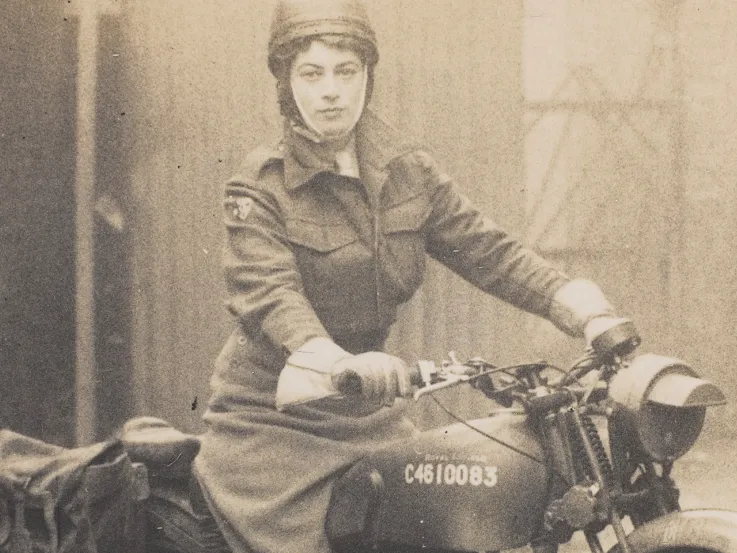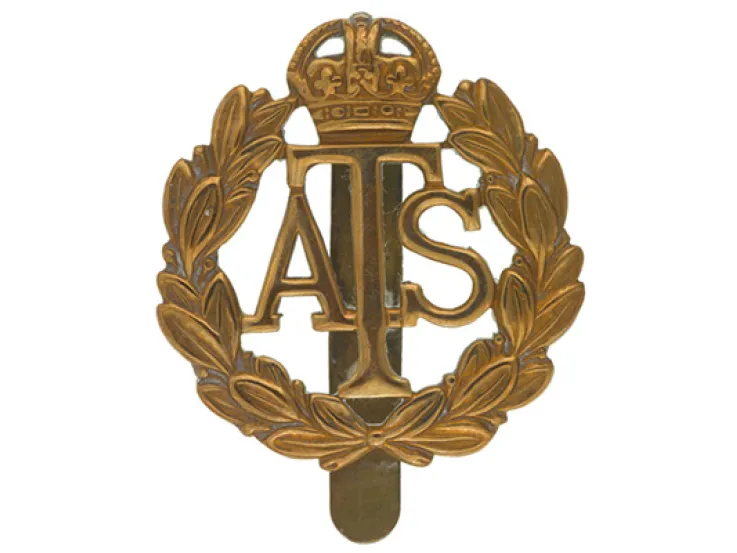Transcript: Promotion
Audio transcript
Interviewer:
Now, presumably as a senior NCO [non-commissioned officer] yourself, you had if not men directly under your command, you were giving orders to men who were other ranks?
Mary Coomer:
Yeah, well, only I mean, we literally, the men who were there permanently and who had been there, were peacetime experimental people. They were nearly all, sort of, they got the ordinary ones obviously, you had to have privates in everything, gunners, because they were RA [Royal Artillery], it was an RA depot.
But when we did shoot, and I had three stripes down there [denoting the rank of sergeant], the fellow that was on the gun would come and liaise with me for me to tell my women, or whoever, what we were going to do that day, what the programme was and where they were wanted, whether to go to oak trees... or what. But there were... mainly the people who told the men what to do were our women officers, who were all scientists.
We, apart from just general things, I mean, there was obviously some things when we used to load up the things, that we had to take radio. We had our own sort of radio things that we used to take out on the sands, so that we could talk back to the... to whichever unit you were firing from or whatever, uh, it was terribly heavy equipment then. And to lift it up over the tail of the lorry was, the tail down even, it was too high and too heavy for women to do. And I would then go and ask some of the men if they’d come and help us load up to go out on the sands or anything.
Description
This transcript is from a 1995 interview with Mary Coomer. (NAM. 1995-06-56)
Mary served in the Auxiliary Territorial Service from 1938 to 1945. She was one of the first to be selected to go to France with the British Expeditionary Force (BEF). After evacuating back to England in 1940, she served on the Home Front for the rest of the Second World War.



